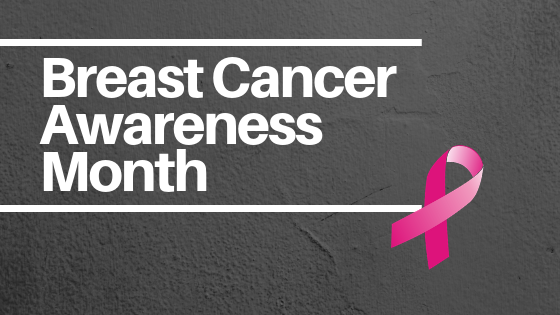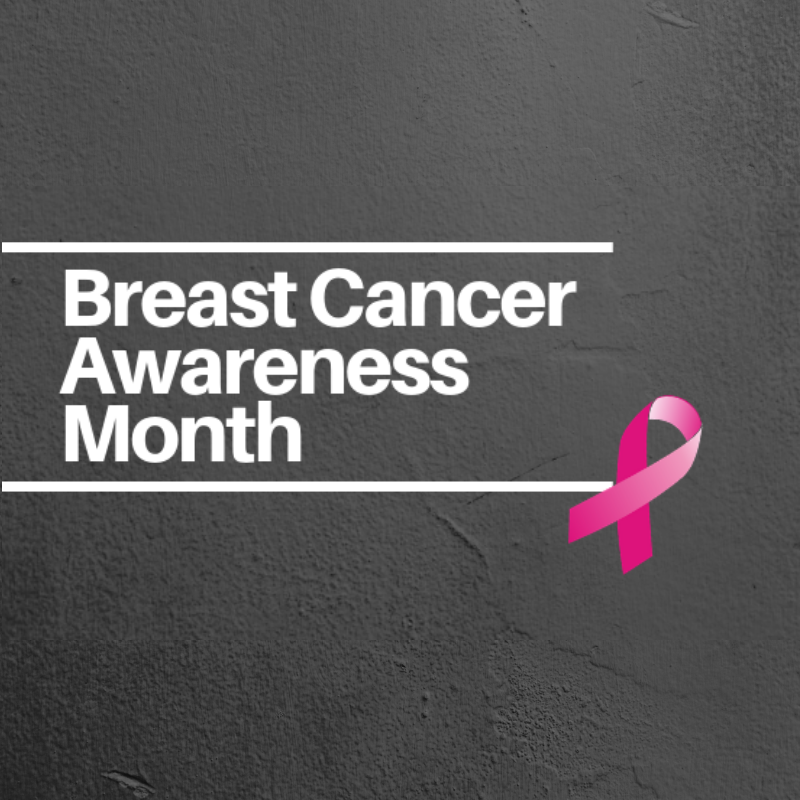
Over the past few decades, there has been a tremendous push to improve the funding and research available to professionals working on finding a cure for cancer. While this has yielded numerous new diagnostic and treatment modalities, there are still countless families who struggle with a cancer diagnosis every year. With October being Breast Cancer Awareness Month, there are a few important statistics that people should keep in mind when it comes to a diagnosis of breast cancer. Some of the statistics that have been published by BreastCancer.org include:
- More than 12 percent of women in the United States will receive a diagnosis of breast cancer at some point during their life.
- This year alone, more than a quarter of a million new cases of breast cancer are expected to be diagnosed
- More than 2,500 men are diagnosed with breast cancer on an annual basis, showing that this is a problem that is not limited to women
- The development of hormone replacement therapy (HRT) is a major contributing factor in the overall increase in survival rates of breast cancer
- Even though the mortality rate is decreasing, an estimated 40,000 people are expected to die from breast cancer this year alone
These statistics are alarming and demonstrate just how severe of a disease breast cancer can be. The symptoms of breast cancer and the side effects of treatment alone can leave people wondering where they should turn to for help. Fortunately, there are a few options available for families who are dealing with a diagnosis of breast cancer.
Evaluating a Disability under Social Security
According to the information published by the Department of Social Security, there are a few different facets of the disability that the Social Security Administration is going to consider when they decide whether or not an individual should be given disability benefits. There is a list of neoplastic diseases that is published on the website that describes what types of cancers are covered. List 13.00 covers these but examples include:
- Cancers of the head and neck
- Cancers of the pancreas
- Bone and joint cancers
- Reproductive system cancers
- Breast cancer
- Thyroid cancer
- Leukemia and Lymphoma
- Multiple Myeloma
- Thyroid cancer
- Stomach cancer
- Cancers of the lung
- Intestinal cancers
It is important to note that this list is not complete and there are other forms of cancer that could be covered that are not listed above. When the Social Security Administration is deciding whether or not to cover the disability, criteria include:
- Where did the cancer start from?
- How far has the cancer spread and what are the various symptoms that it is causing?
- How long has the cancer been there and has it responded to treatment?
- What are some of the side effects of the treatment that the individual is experiencing?
In order to support the information above, the Social Security Administration is going to need evidence of the cancer. Examples of medical evidence include:
- The medical record report from the doctor’s office
- The operative report of any biopsy or tissue sample that has been removed
- The pathology report that specifies the most likely diagnosis
- Any documentation that demonstrates how far the cancer has spread or how severe the disease has become
These documents will go a long way toward helping someone make a case for disability benefits.
Compassionate Allowances: The Fast Track
In some cases, the conditions that people could be dealing with are so severe that social security could actually fast-track the application and automatically grant the request. A complete list of the conditions that qualify for this treatment can be found at this location. In general, these are conditions that:
- Require intense treatment
- Have a less favorable prognosis
- Are likely to result in someone missing an extended amount of time from work
The conditions at the link above are listed in alphabetical order. It is important for everyone to take a look at the list to see whether or not their condition is listed above. It could result in a faster processing time and could allow someone to receive their benefits sooner.
Benefits for a Closed Period of Time
In general, families have a closed period of time during which they can file for disability benefits. Therefore, it is important for families to file for benefits as quickly as possible. According to the Social Security Administration website:
- Families can file for benefits for up to twelve months after the initial date of the disability
This means that benefits will only be granted to families for a period of one year prior to the date of the application. If the disability start date was more than one year prior to filing the application, the benefits may not be granted. Any delay between the start of the disability and the date on the application could impact a family’s ability to claim disability benefits. Even though the application process can be intimidating, it is important to file for benefits as quickly as possible. This will improve the chances of the benefits being granted.
Help is Available
Ultimately, any diagnosis of cancer can leave families looking for help. While it is important to find the most appropriate medical care available, there are other resources that families can turn to for help. In many situations, cancer is a qualifying disease under the Supplemental Security Income (SSI) guidelines and this can help families that are struggling with the cost of treatment and may have to miss a significant amount of time from work. Families with questions should not hesitate to reach out and ask for help because they may be deserving of financial benefits.
Source


